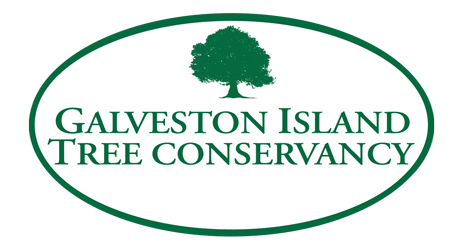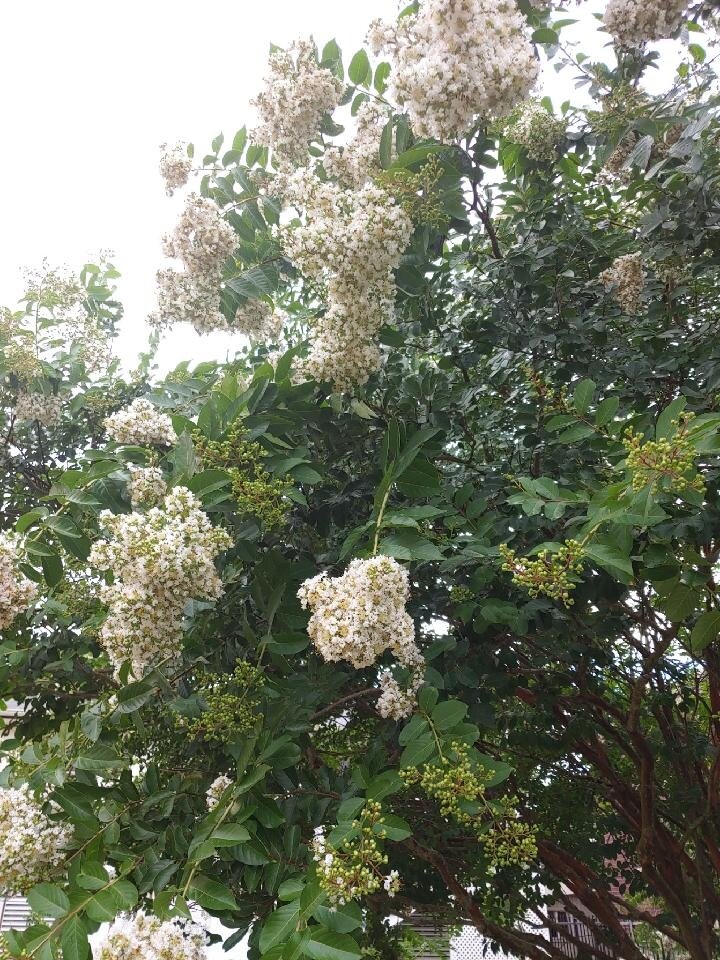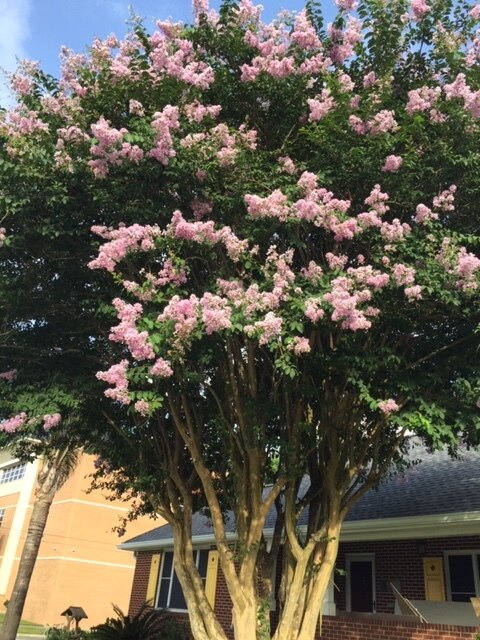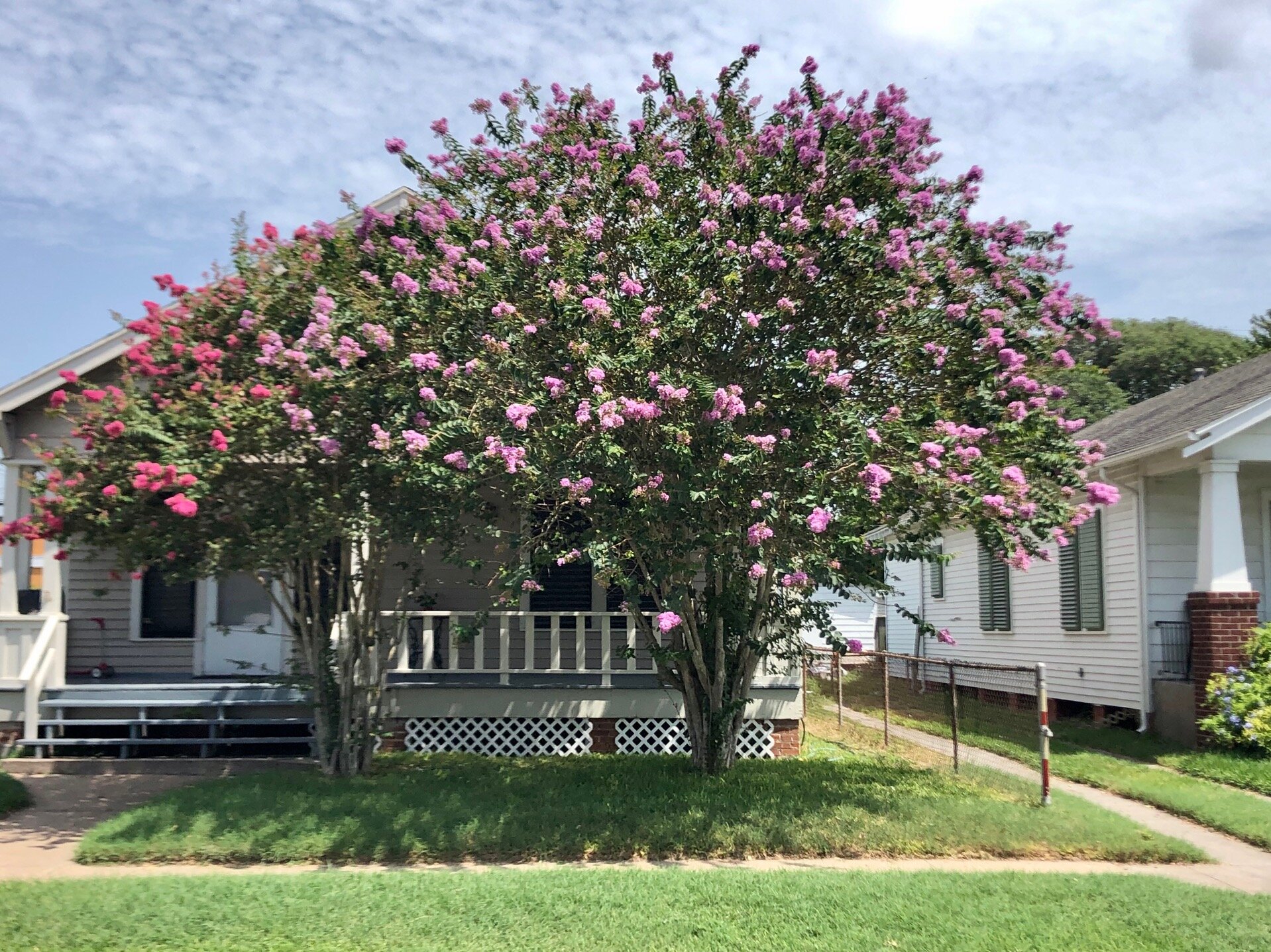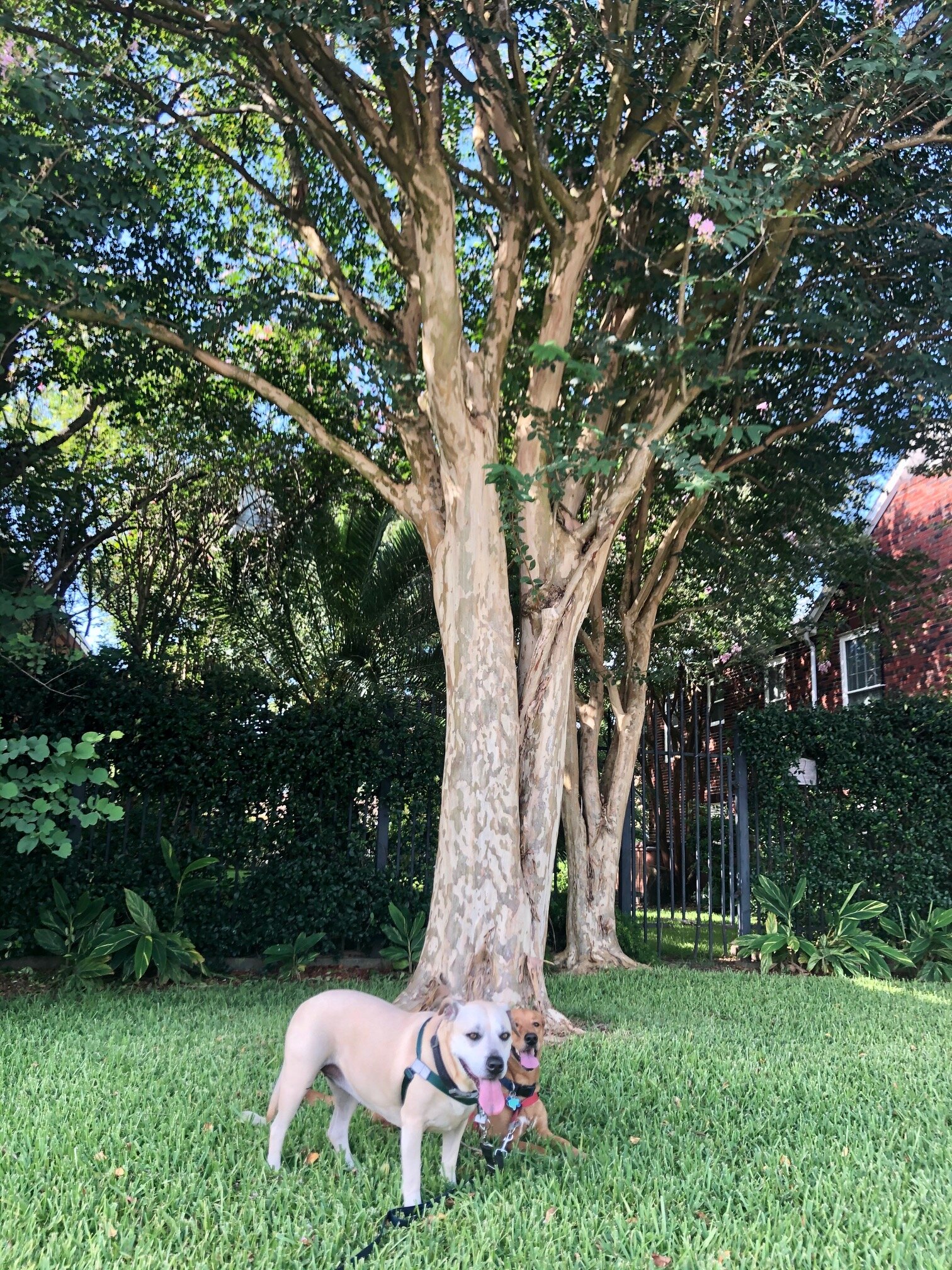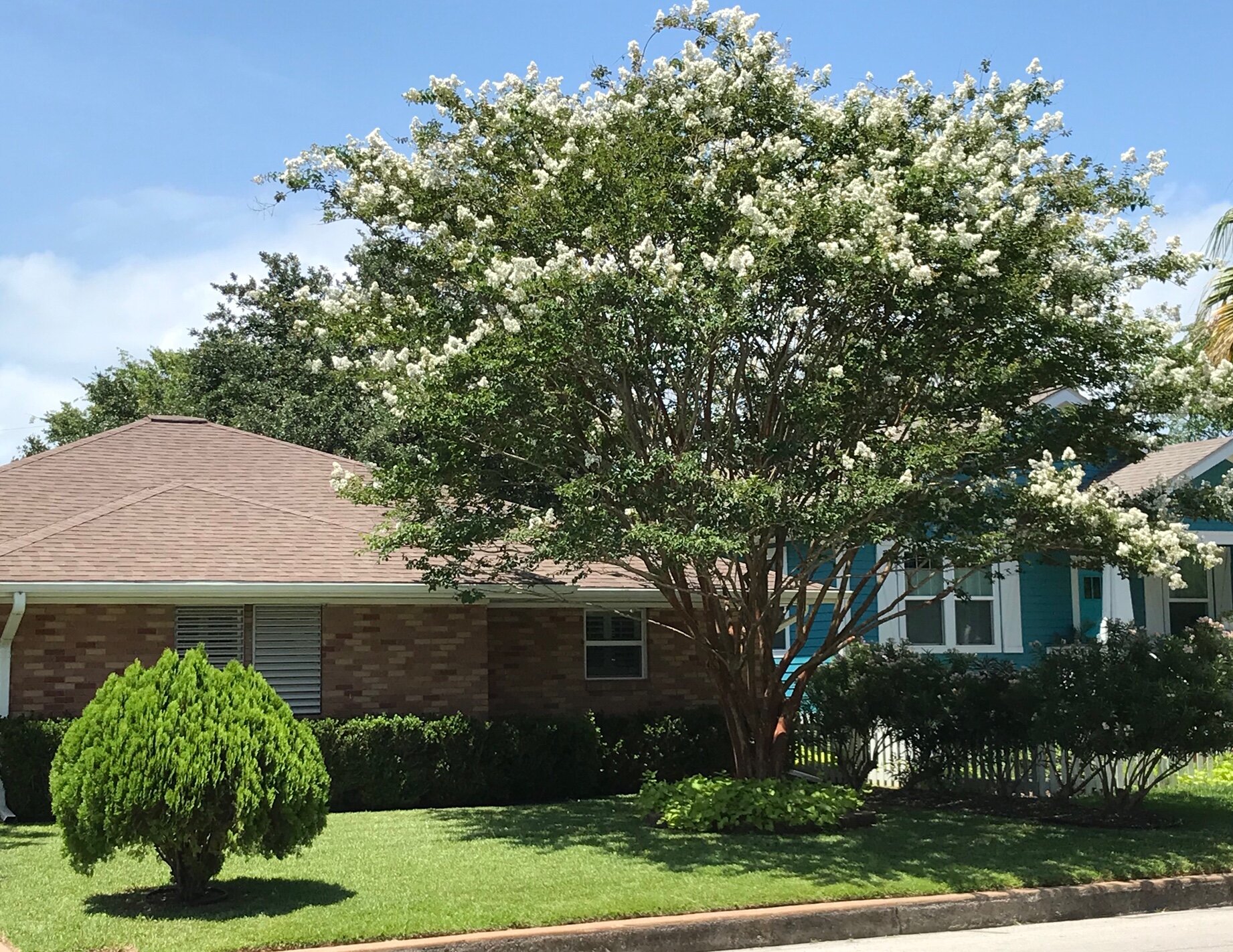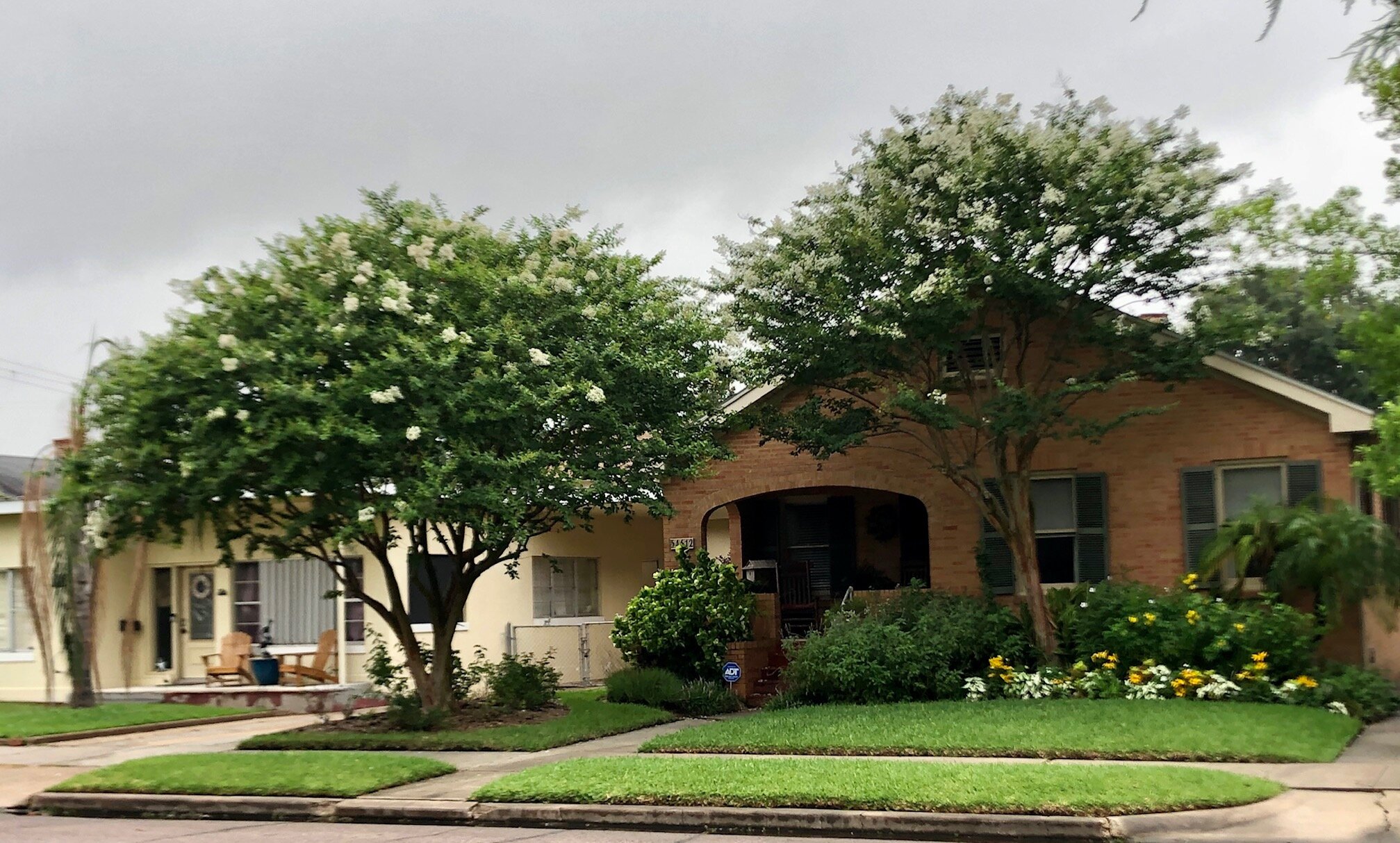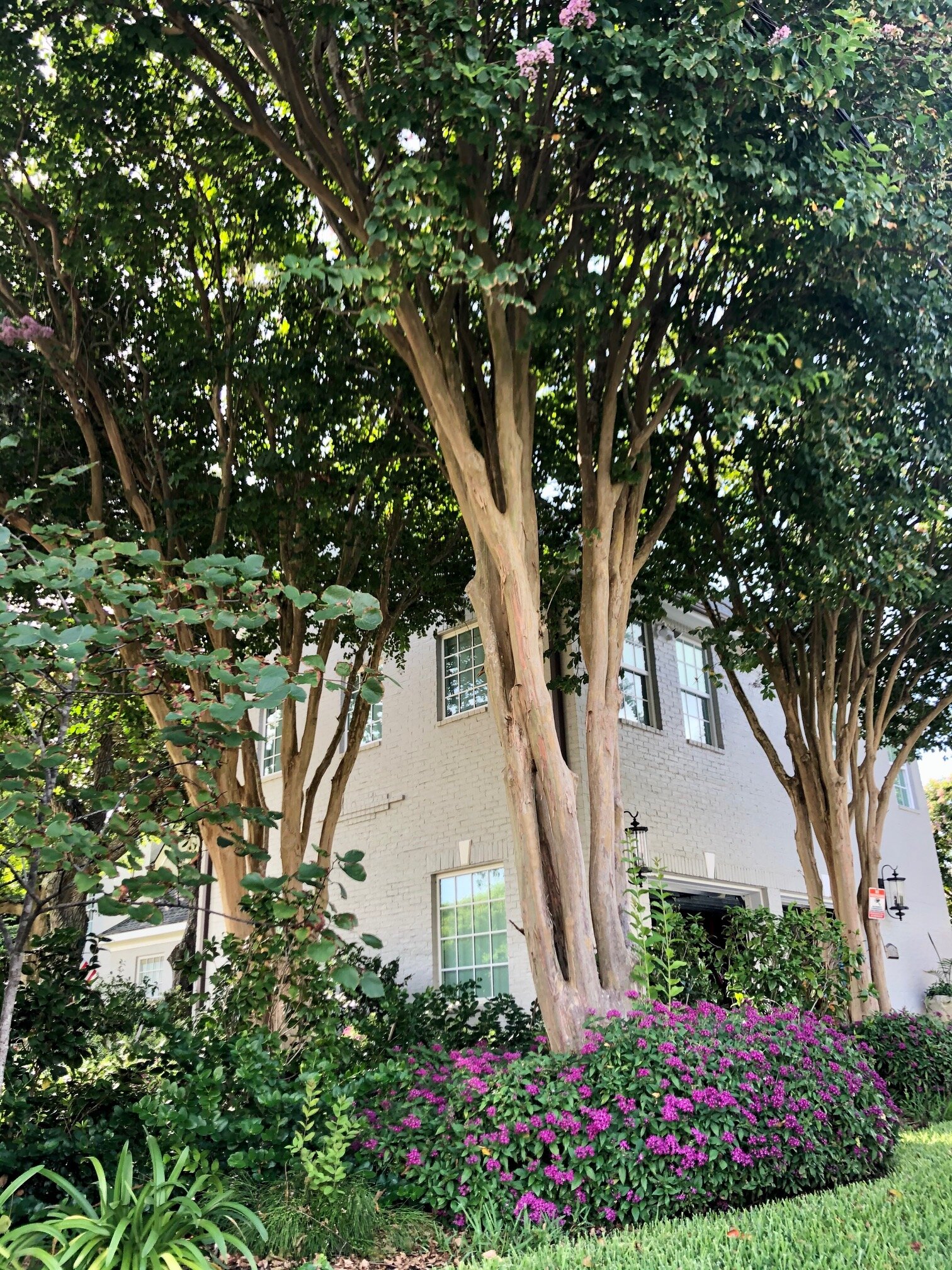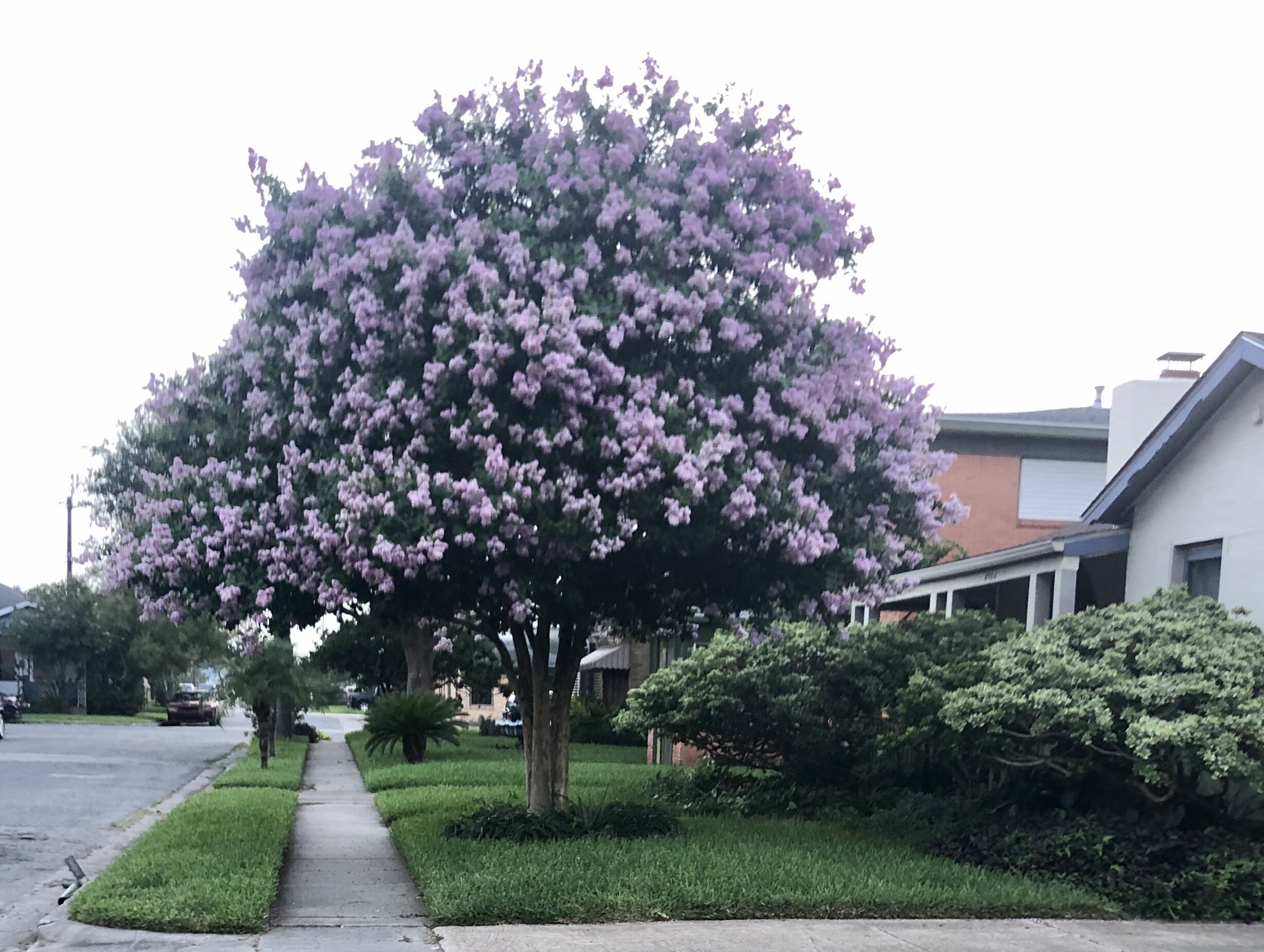Crape Myrtle
Tree Stories: The Beautiful Crape Myrtle
A welcome summer sight along Galveston’s streets is the Crape Myrtle (Lagerstroemia species). These showy bloomers are everywhere in shades of white, pink, red and lavender.
What’s not to like about the “lilac of the south”? It flowers all summer in a vast array of colors, comes in a size for any location, and grows rapidly for many years in most soils. Before fall leaf drop we get a bit of fall color. After leaves are gone we enjoy the graceful sculpture of the tree’s growth habit as the bark peels away to expose a trunk in shades of brown and gray.
Another plus is that crapes adore our summer sun and heat and are drought-resistant once well-established. We are even advised to avoid excess watering and fertilization of established plants to prevent production of leaves instead of flowers.
We value the Crape Myrtle for its long bloom period. Clusters of crinkled flowers with a crepe-like texture appear on the tips of new branches summer through fall. Seed capsules which form after flowers fade can be removed to stimulate more blooms. Blooms are on the current season’s growth, so spring pruning does not prevent summer flowering. Only minimal pruning is required to maintain an attractive multi-trunked tree. The tendency to “crape murder” by cutting back to stubs is actually discouraged by arborists as it weakens the branches and results in overly heavy bloom spikes and excessive leaf production and actually reduces blooming.
Crapes are tough and disease-resistant. Primary issues include powdery mildew and aphids. Powdery mildew is a fungus that causes a white powdery film on leaves and flower buds. This can be prevented with proper tree selection, placement, and care, and treated with horticultural oil or if necessary with fungicide. Aphids suck sap from the plant and excrete a sugary “honeydew” which promotes black sooty mold growth. A blast of water from the garden hose can dislodge aphids, or if needed you can spray with insecticidal soap. Natural insect predators which can control aphids are often killed by pesticides, while aphids may survive spraying. Of course you can always call the Galveston County Master Gardener Hotline at (281) 534-3413 with questions!
Crape Myrtle is native to eastern and Southeast Asia and the Indian subcontinent and timber of some large varieties there has been used in manufacturing. It is naturalized to the Southern U.S. but is not reported as a significant food source for local wildlife.
Crape Myrtles can be low maintenance trees, particularly if you choose the best cultivar for your needs. Neighborwoods plantings have included Crape Myrtles as a small tree choice for right-of-way areas under power lines. Thirty-five “Tuscarora” crapes were recently added on Broadway, beside the city cemetery, through collaboration among the City, Tree Conservancy, and Landmark Commission.
There is a great website to help you choose the tree that is right for you, courtesy of Texas A&M and partners: http://aggie-horticulture.tamu.edu/databases/crapemyrtle/ So take a look and put the right tree in the right place!
Hurricane Ike caused the loss of 40,000 trees on Galveston Island. The Galveston Island Tree Conservancy was formed to address that loss and to date has replaced almost 14,000 through grant-funded plantings and giveaways, with more planned. “Tree Stories” is an ongoing series of articles intended to bring attention to outstanding Island trees, tree care, and tree issues. If you have or know of a special tree on Galveston Island that should be highlighted, please email treesforgalveston@gmail.com. Margaret Canavan is a Galveston resident, a Galveston County Master Gardener, and a member of the Conservancy Board.
